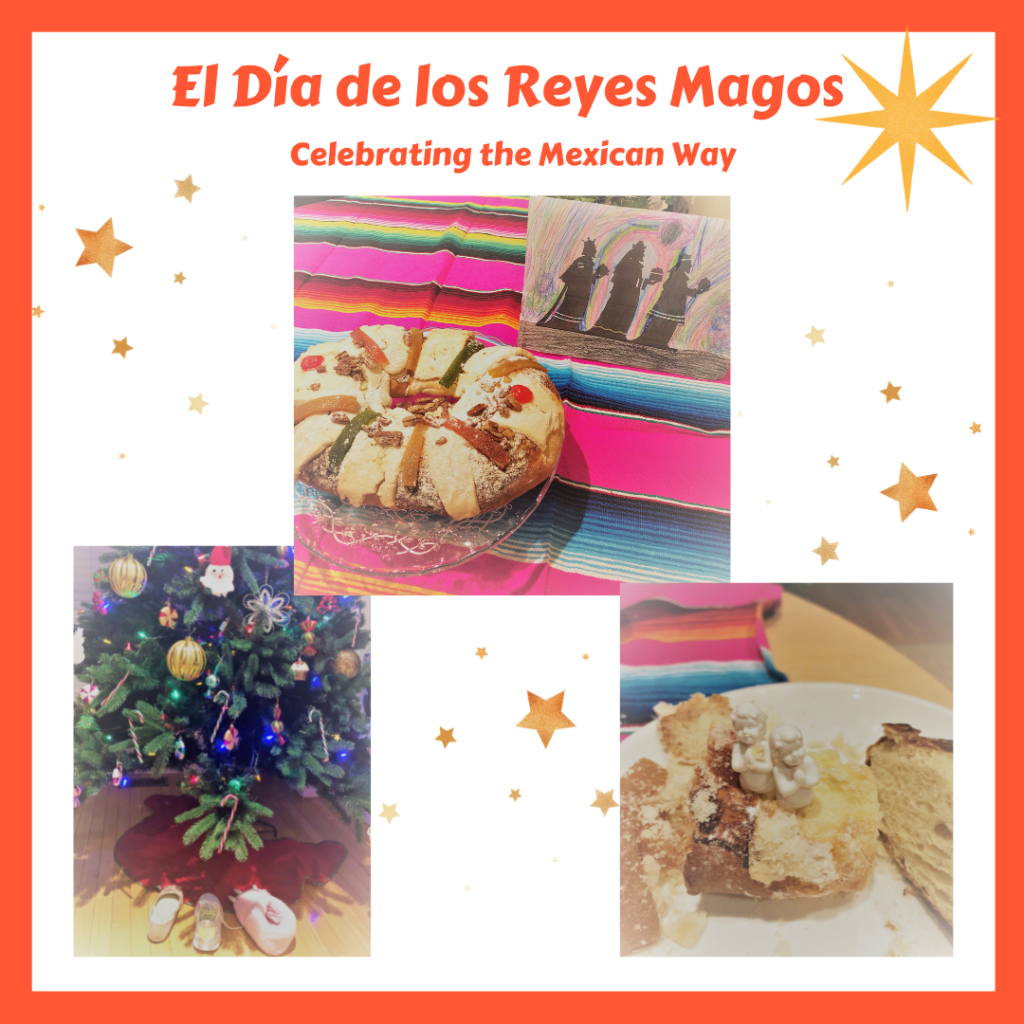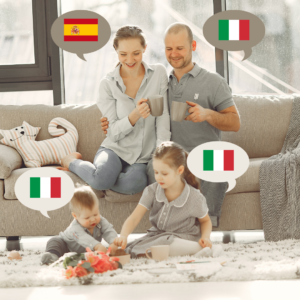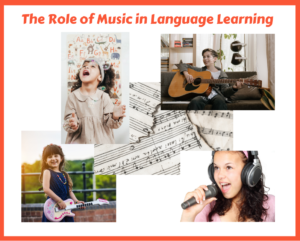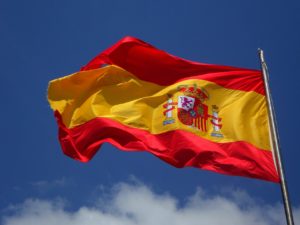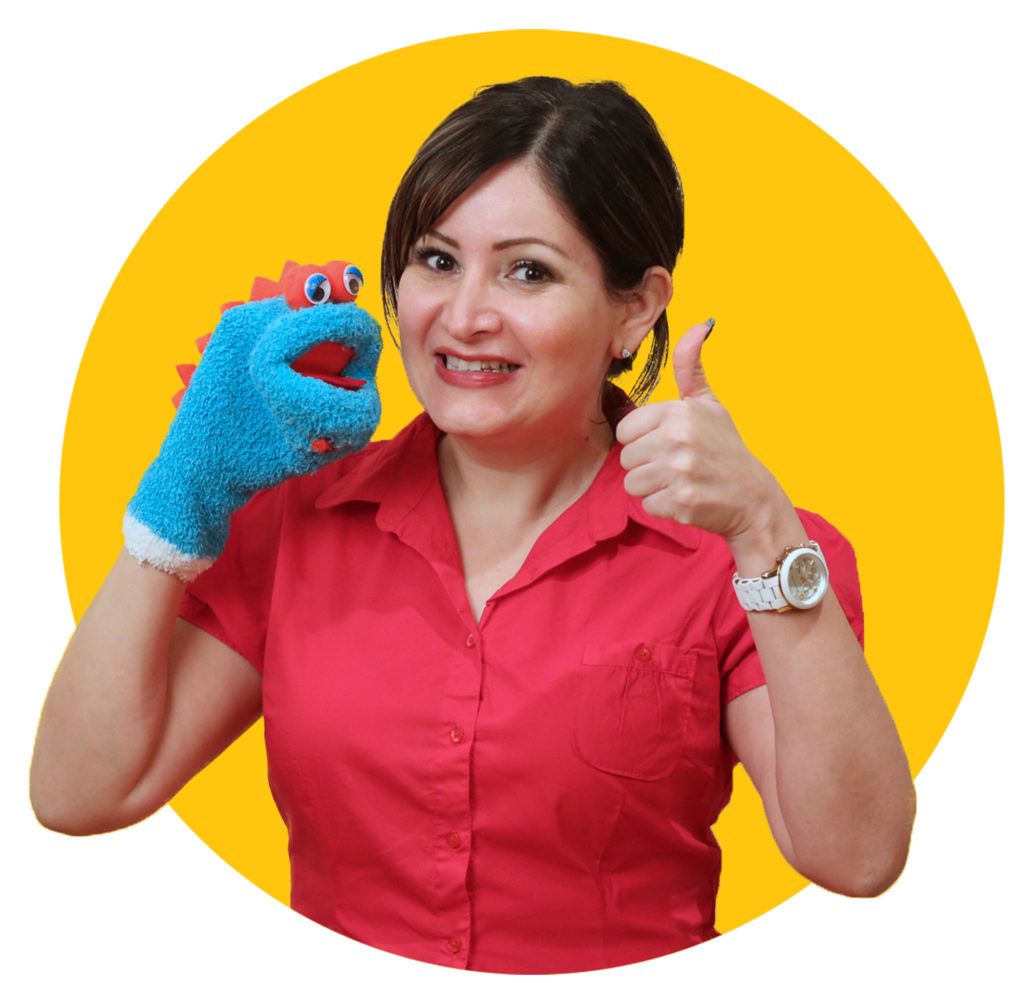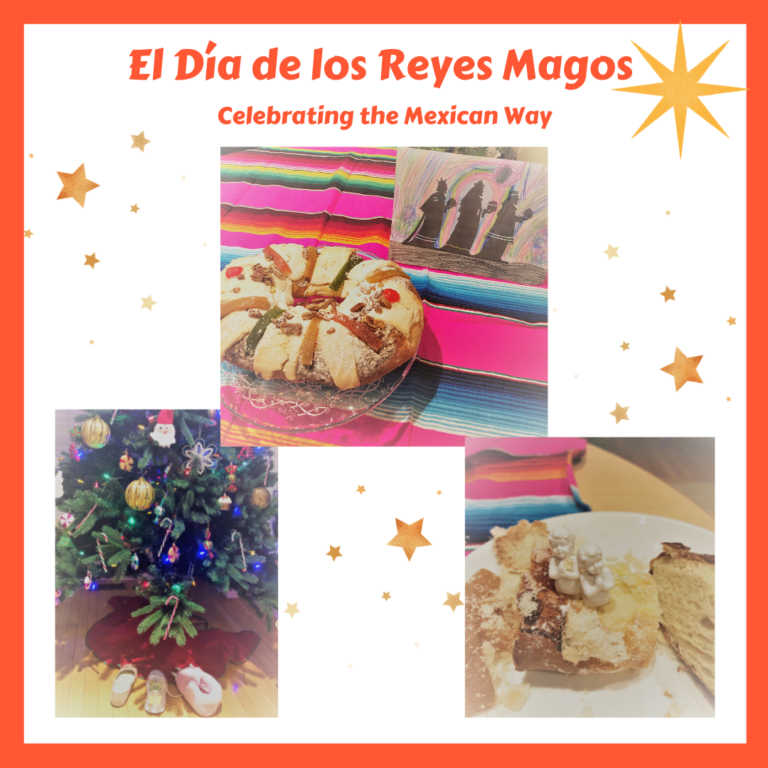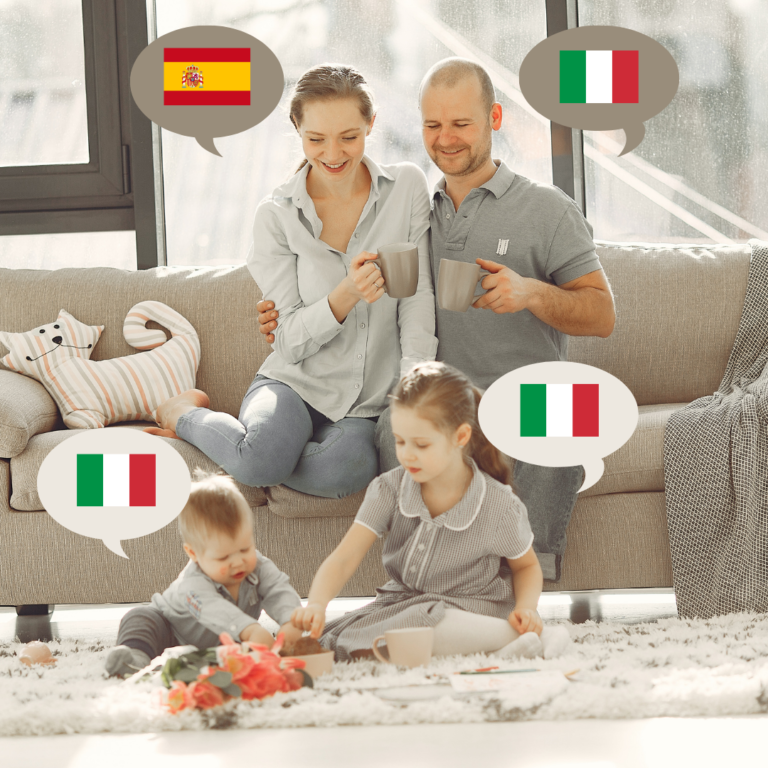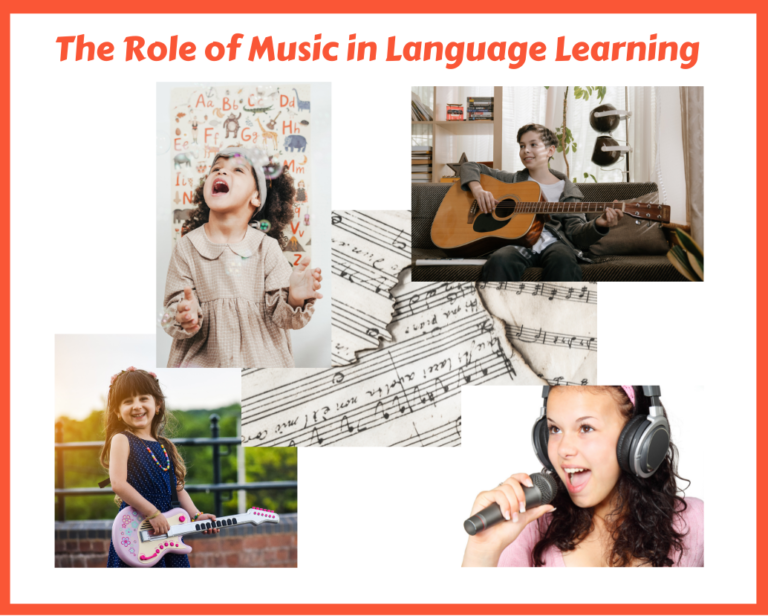As a Spanish for kids teacher, some of the things that I like to teach in my classes are the traditions of Spanish-speaking countries. This time, I would like to share with you one of the celebrations that I love the most – “El Día de los Reyes Magos” – which is celebrated on January 6.
This celebration has its origin in religion. In English-speaking countries, it is commonly known as the “Epiphany,” and different countries celebrate it in different ways.
In Mexico, it is another celebration where families gather together. It is also a very special day for the little ones as the beliefs of the magic of Christmas continue.
During this celebration, kids have another opportunity to receive money or toys. In my town, the tradition is that kids (and adults) put one of their shoes under the Christmas tree the night of January 5th, which is one day before “El Día de los Reyes Magos.” That night, while the kids sleep, “Los Reyes Magos” (The Wise Men) bring money and leave it in each person’s shoes. They also bring toys to put on top of the shoes.
The following day, on January 6th, kids wake up early to see what is in (or on top of their shoe). Then, that night, families celebrate together and share the traditional “Rosca de Reyes.” This is a bread made of a sweet dough in the shape of a ring and decorated with dried fruits and nuts. Inside the bread is another surprise: a little figurine of a boy. Each member of the family chooses a piece of the Rosca to cut, and the lucky one who finds the figurine inside their piece of bread will then organize a party on February 2nd, a day known as the “Día de la Candelaria.”
(During the Rosca, families also enjoy a piece of the “Rosca de Reyes” with a traditional “chocolate caliente”, hot chocolate.
To share this tradition, I have created some activities for your little ones so they can learn key Spanish vocabulary related to “El Día de los Reyes Magos.” To get your copy, enter your email in the “Want more learning resources?” section below.


